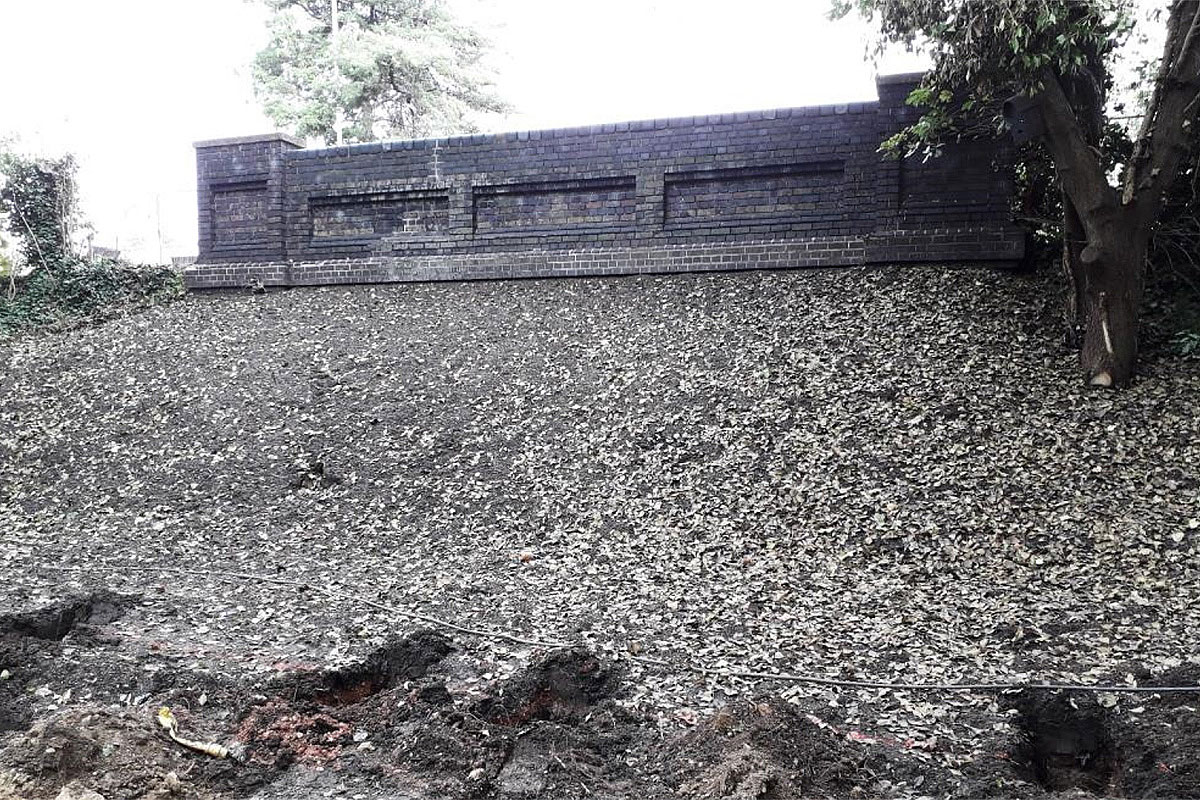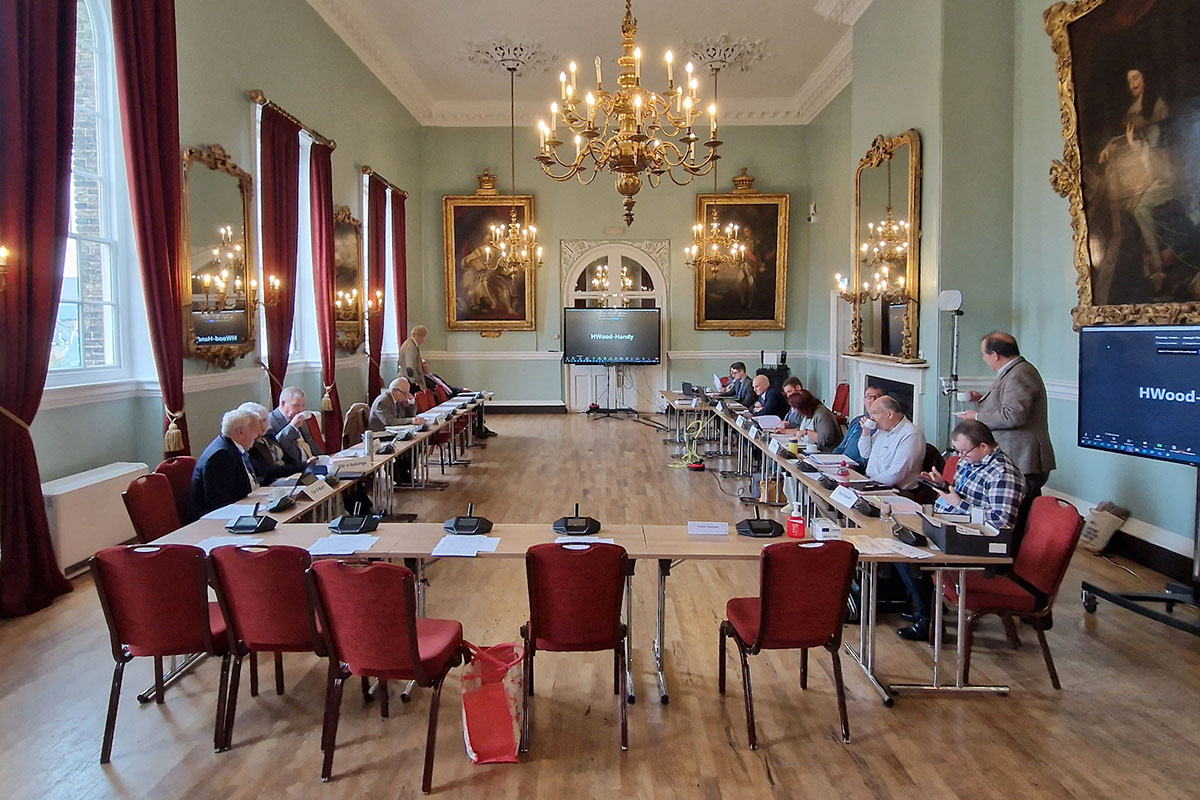the truth emerges

Diverging views
National Highways delivered at least six infill schemes and one demolition under Class Q permitted development rights between October 2019 and summer 2021. In no case was there an emergency and in no case did it seek or obtain written consent for retention of its works beyond the maximum 12-month period.
The HRE Group contacted four of the LPAs in 2022 with a view to regularising schemes that were otherwise unlawful. Turning a blind eye would have been easy, but doing so was unsustainable as NH’s actions had served to undermine trust and confidence in its custodianship of the HRE.
 |
 |
PHOTOS: THE HRE GROUP/NATIONAL HIGHWAYS (PUBLIC SECTOR INFORMATION LICENSED UNDER THE OPEN GOVERNMENT LICENCE v3.0)
The Borough Council of King’s Lynn & West Norfolk exchanged letters about St Andrew’s Lane bridge with National Highways in November and December 2022, with the development identified as being “in breach of planning control”. On 18 January 2023, NH was informed that planning permission was required for retention of the infill and failure to submit a retrospective application may result in enforcement action being taken.
On 25 January 2023, National Highways wrote back “to explain why we feel the submission of an application and/or enforcement action is not considered to be expedient or in the public interest”, instead asking the LPA “to consider enabling the retention of these works through written approval as is permissible under the terms of the planning legislation.” However, according to Government guidance, any such approval should be obtained through a retrospective planning application, submitted as soon as possible after the development takes place. The LPA was being asked to engage in another short-circuiting of democratic process.
NH claimed that “mindful of the issue of fractures noted at the site over a number of decades and following close monitoring by us…that indicated increased movement of the structure, we sought to reduce the risk of further movement and to prevent risk to the public by progressing with a scheme to infill the void.” This statement conflicted with the Request for Financial Authorisation.
It was further asserted that “Removing the infill and reverting the site back to its original condition would reintroduce the original existing unsafe conditions for the bridge, namely that the bridge fails a BE4 assessment (meaning it cannot carry more than 7.5t) and shows signs of cyclical movement.” This statement misrepresented the findings of Jacobs BD21 assessment which found that the bridge could safely carry vehicles of 40 tonnes as long as they remained on the carriageway.
The LPA maintained its position that consent for retention of the infill had not been granted and planning permission was needed.
A different reality
National Highways’ Planning, Design and Access Statement (PS) for the planning application - produced and submitted by Jacobs - asserted that “The infill here was driven both by the capacity failure and the condition of the structure”, despite the decision-making predating completion of the BD21 assessment and the Request for Financial Authorisation raising no safety concerns.The PS went on to claim that “the bridge works were required as emergency works, to safeguard the bridge” which was a clear misrepresentation of the prevailing circumstances. It was further stated that “a number of options were looked at to safeguard the bridge and infilling emerged as the more robust and better value long term solution”, but there is no evidence that infilling was chosen following an objective evaluation of other costed alternatives.
In a document produced in response to comments from 363 objectors, National Highways asserted that “Our detailed examination found the bridge to be in a very poor condition”, despite the report rating the various structural elements to be, at worst, in Fair-to-Poor condition, with some parts Fair or even Good. The claim that the bridge was in a “very poor” condition was made three times in the same document; it also asserted that “[the bridge] was not in a ‘fair’ condition”, clearly contradicting NH’s formal engineering evidence.
In its closing statement to the public inquiry, National Highways admitted that “Safety or load-carrying capacity was not the main motivation for the infilling scheme.” It was simply an asset management preference based on perceived long-term cost savings. So why did the company’s media comments and representations to the LPA suggest otherwise?
Members of the Council’s Planning Committee unanimously (14-0) rejected the retrospective planning application on 2 October 2023, largely as a result of the heritage impacts. National Highways found itself on the end of some scathing comments from those in attendance about its behaviour and the loss of a historic asset.

PHOTO: THE HRE GROUP
In response, Hélène Rossiter, the Head of the Historical Railways Estate within NH, told the media that “While we respect the views expressed, we do not feel that the decision adequately reflects the safety concerns we have for Congham Road bridge and are planning to ask the Planning Inspectorate to review it on appeal. Decisions we made at this site were driven first and foremost by safety.” Except, as we know, they were actually driven first and foremost by cost.
Either way, the route was set towards a continuation of the dispute. When the LPA issued an Enforcement Notice ordering removal of the infill within three months, National Highways lodged an appeal, choosing to take the matter to a public inquiry rather than written submissions or a hearing. Whether the company was successful or not, local Council Tax payers would end up footing the bill for its showboating.
 |
 |
 |
 |
About Us
The HRE Group is an alliance of walking, cycling and heritage campaigners, engineers and greenway developers who regard the Historical Railways Estate’s structures to be strategically valuable in the context of building a better future.
Last updated 21 October 2025
© 2025 The HRE Group


